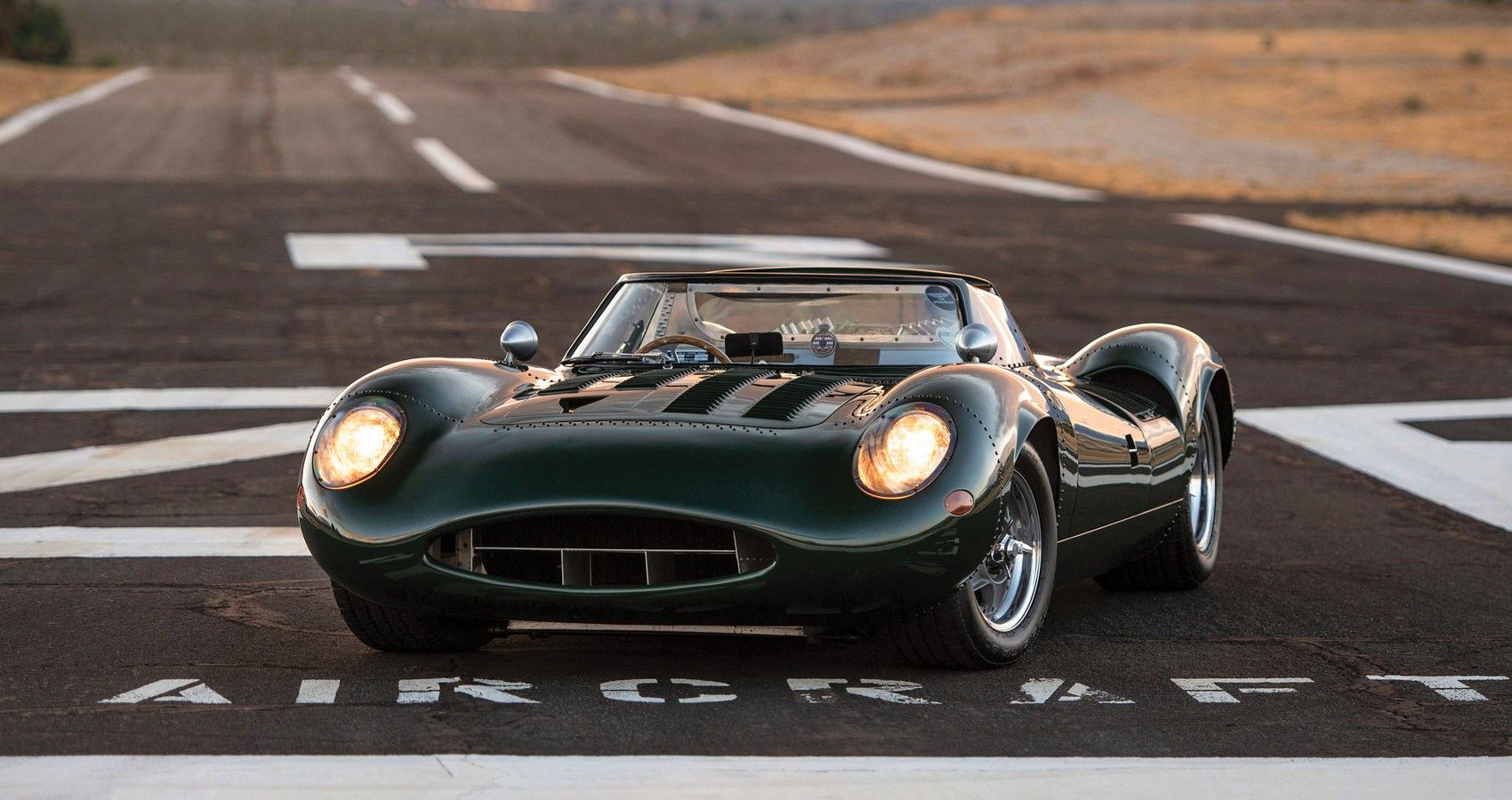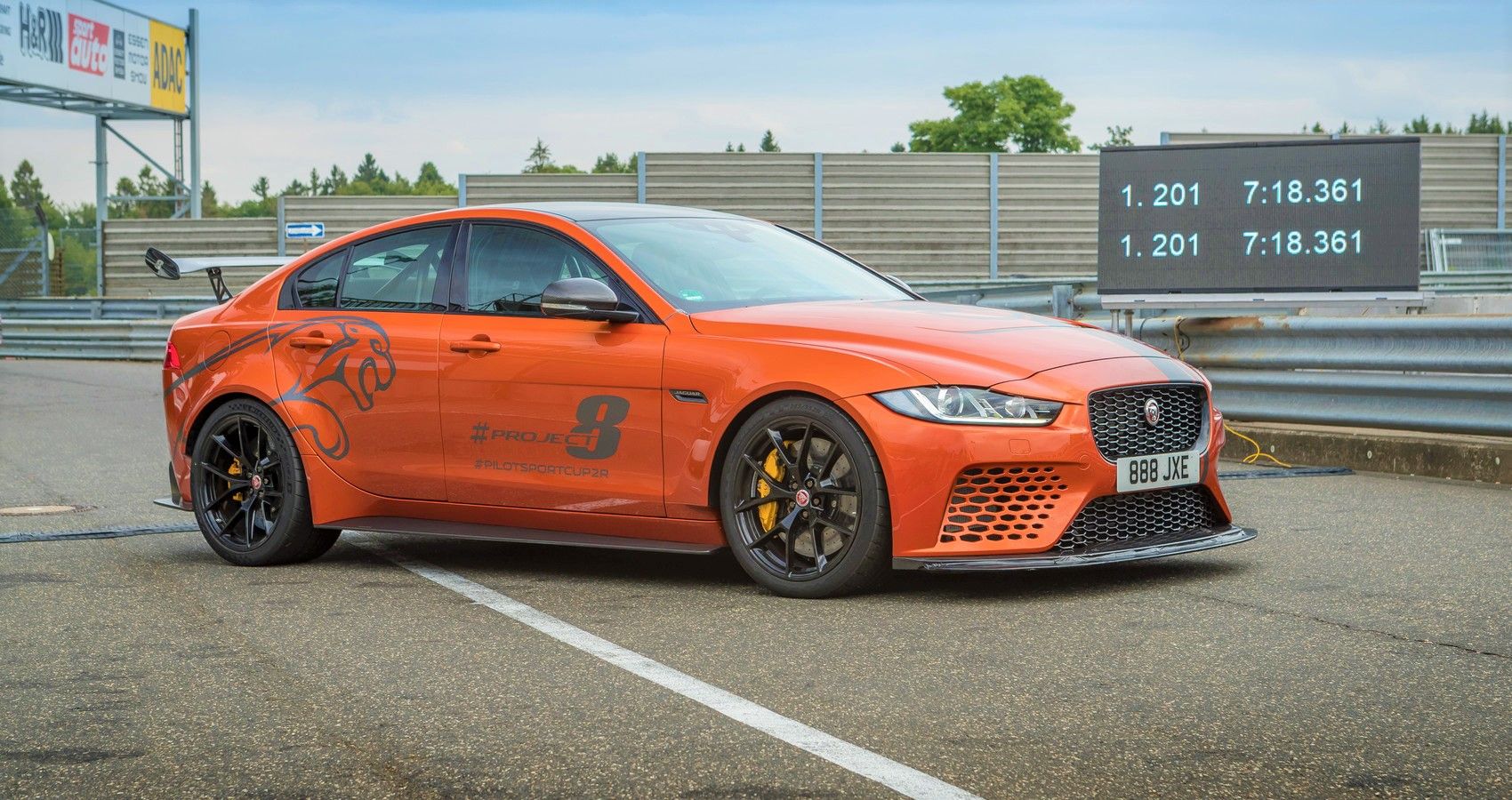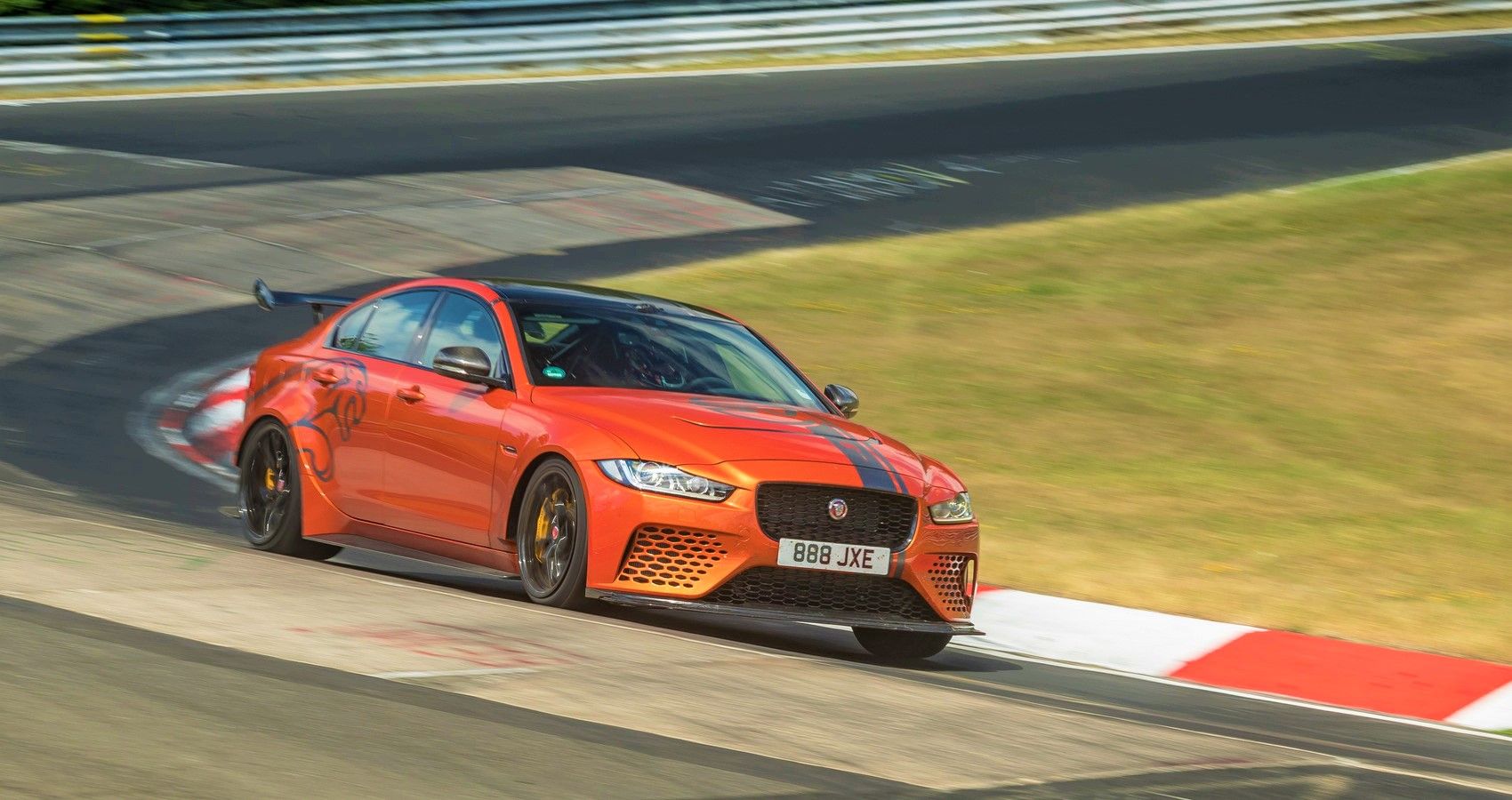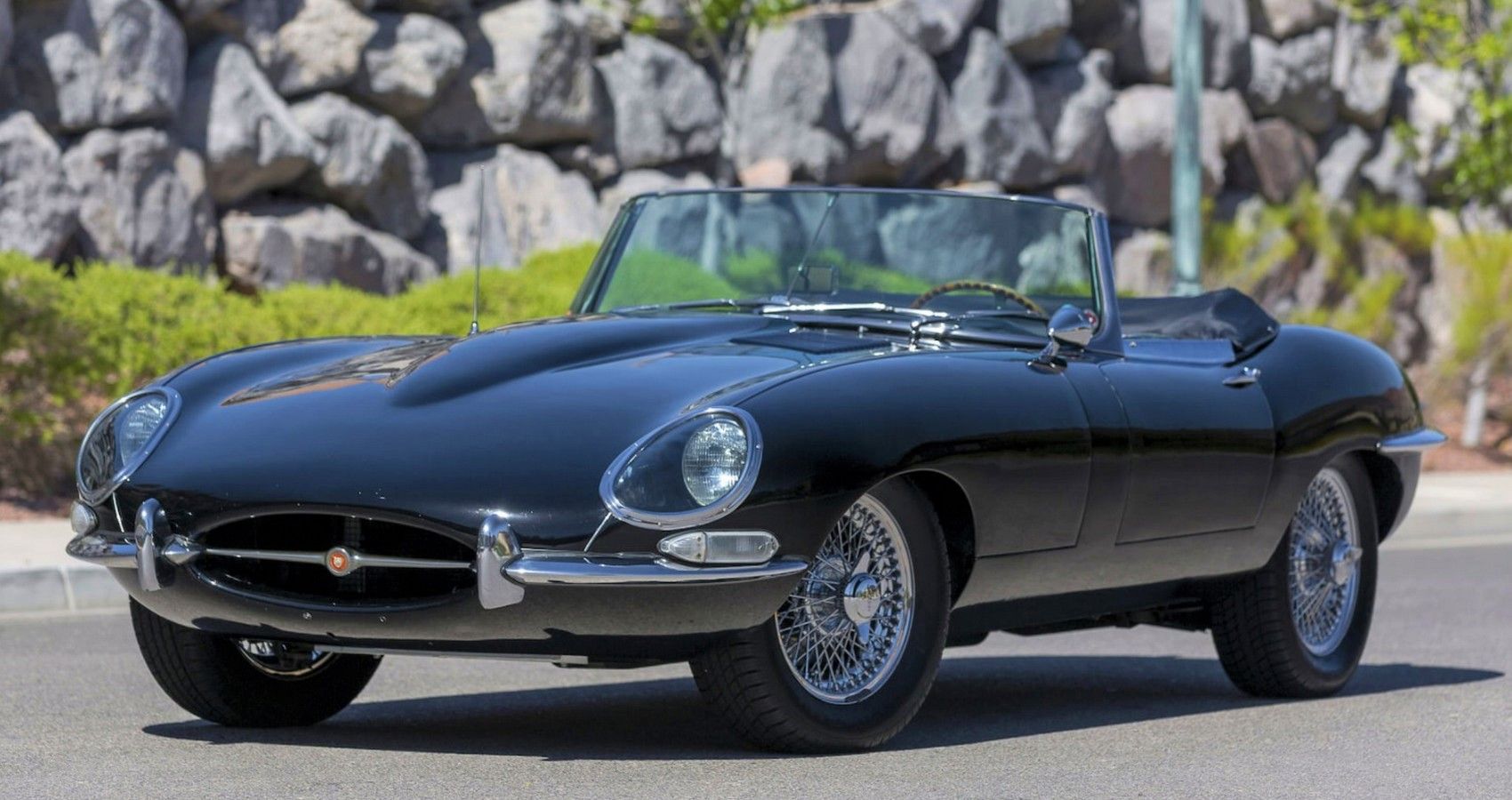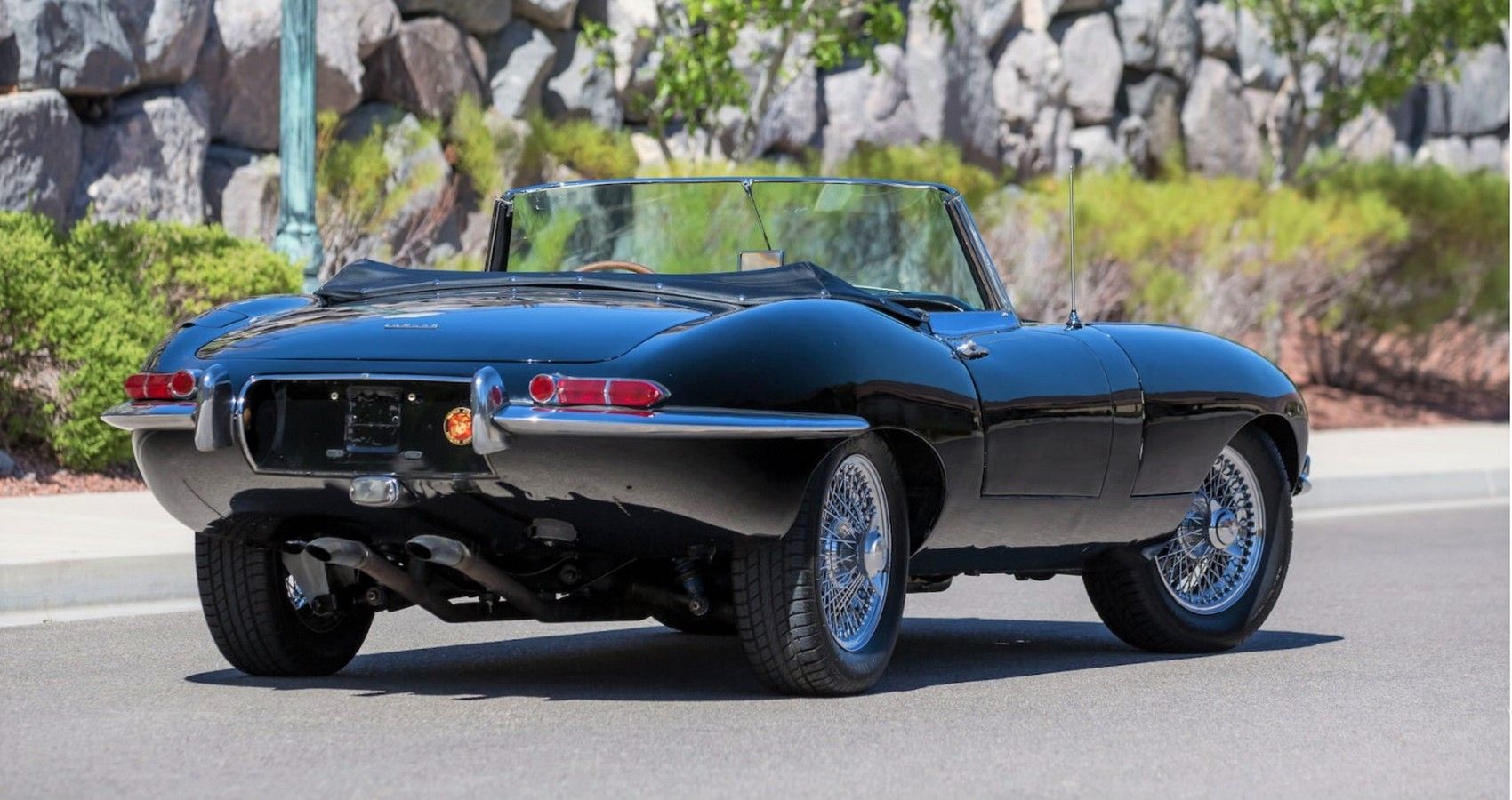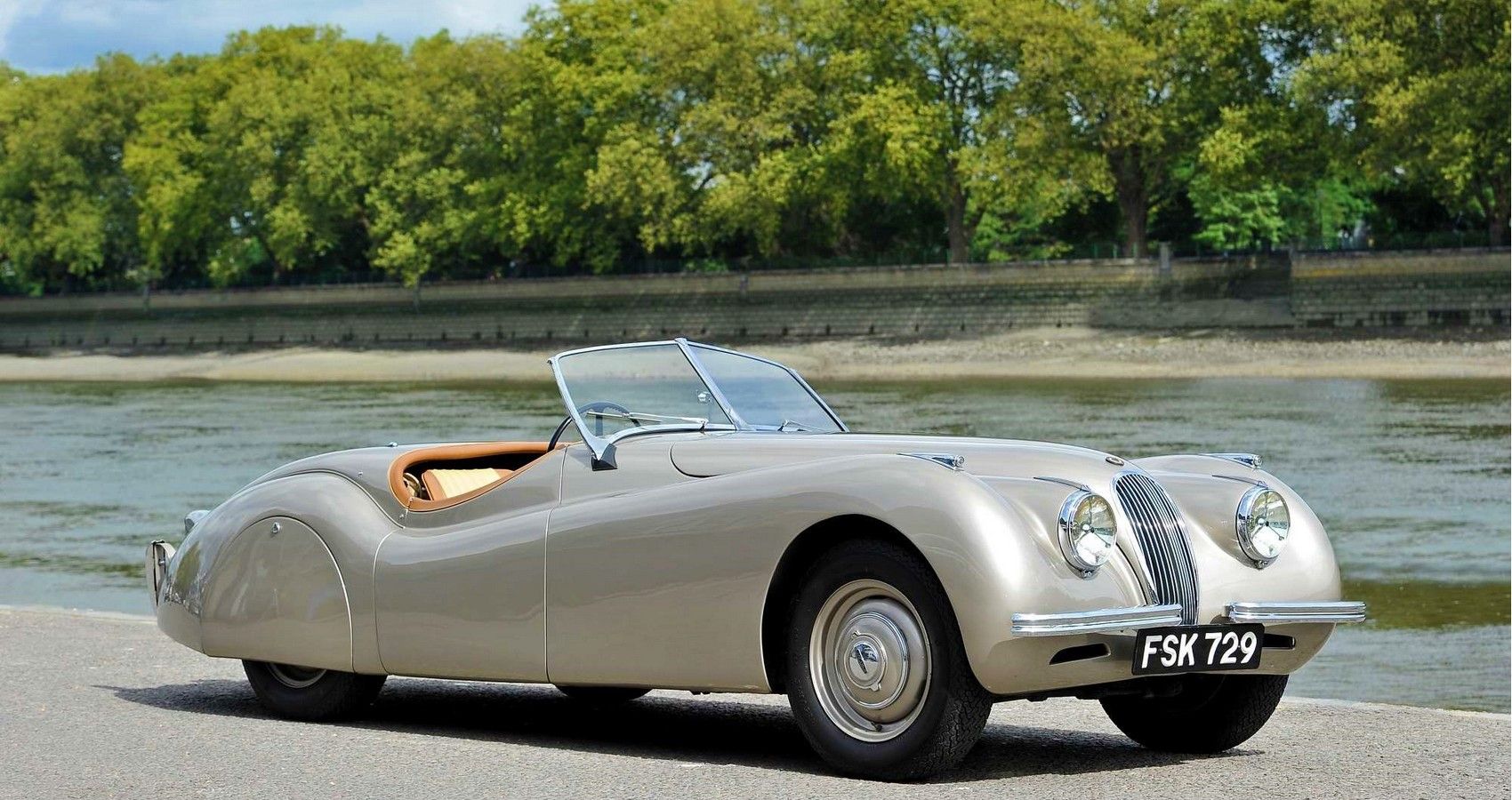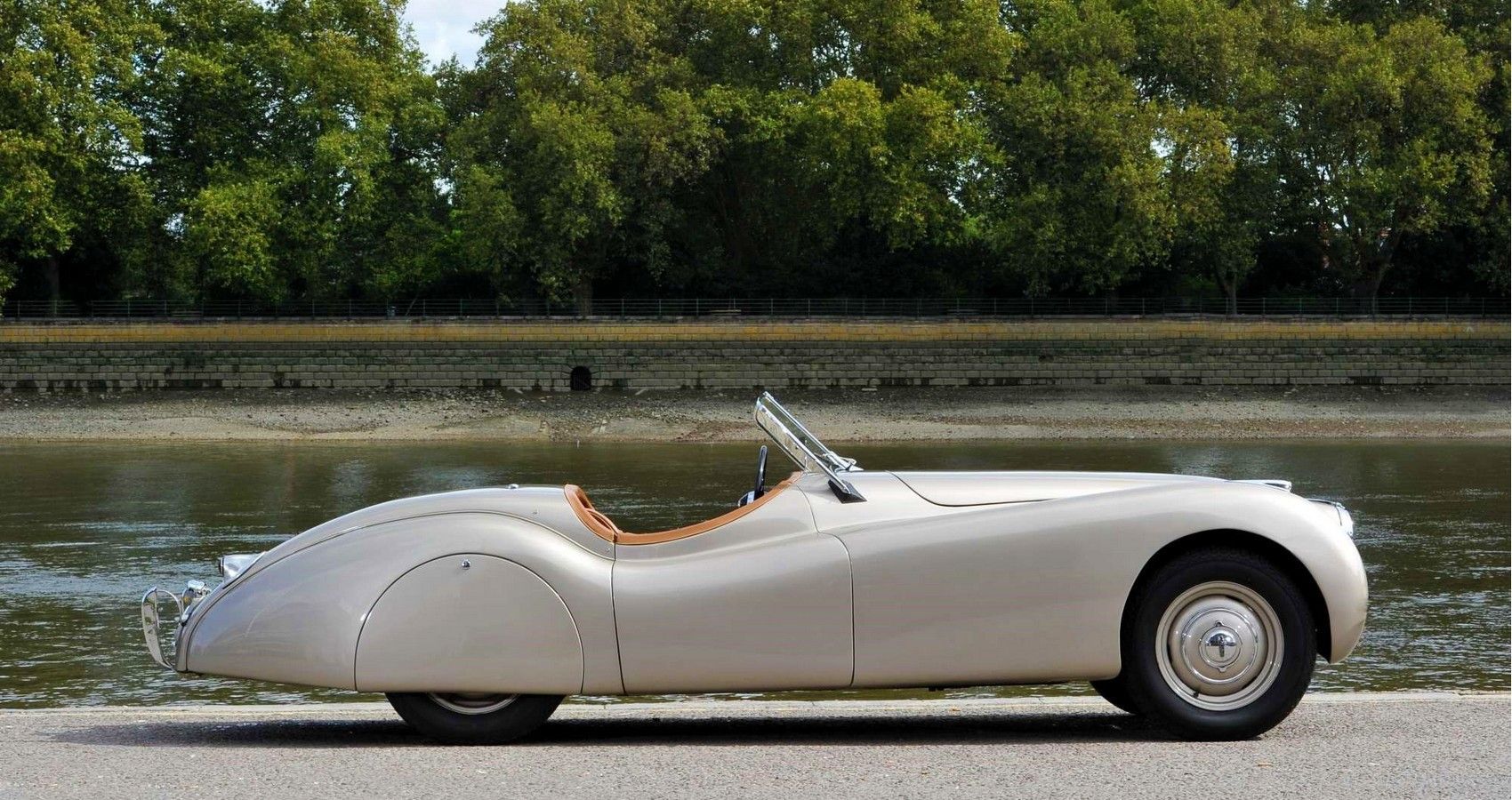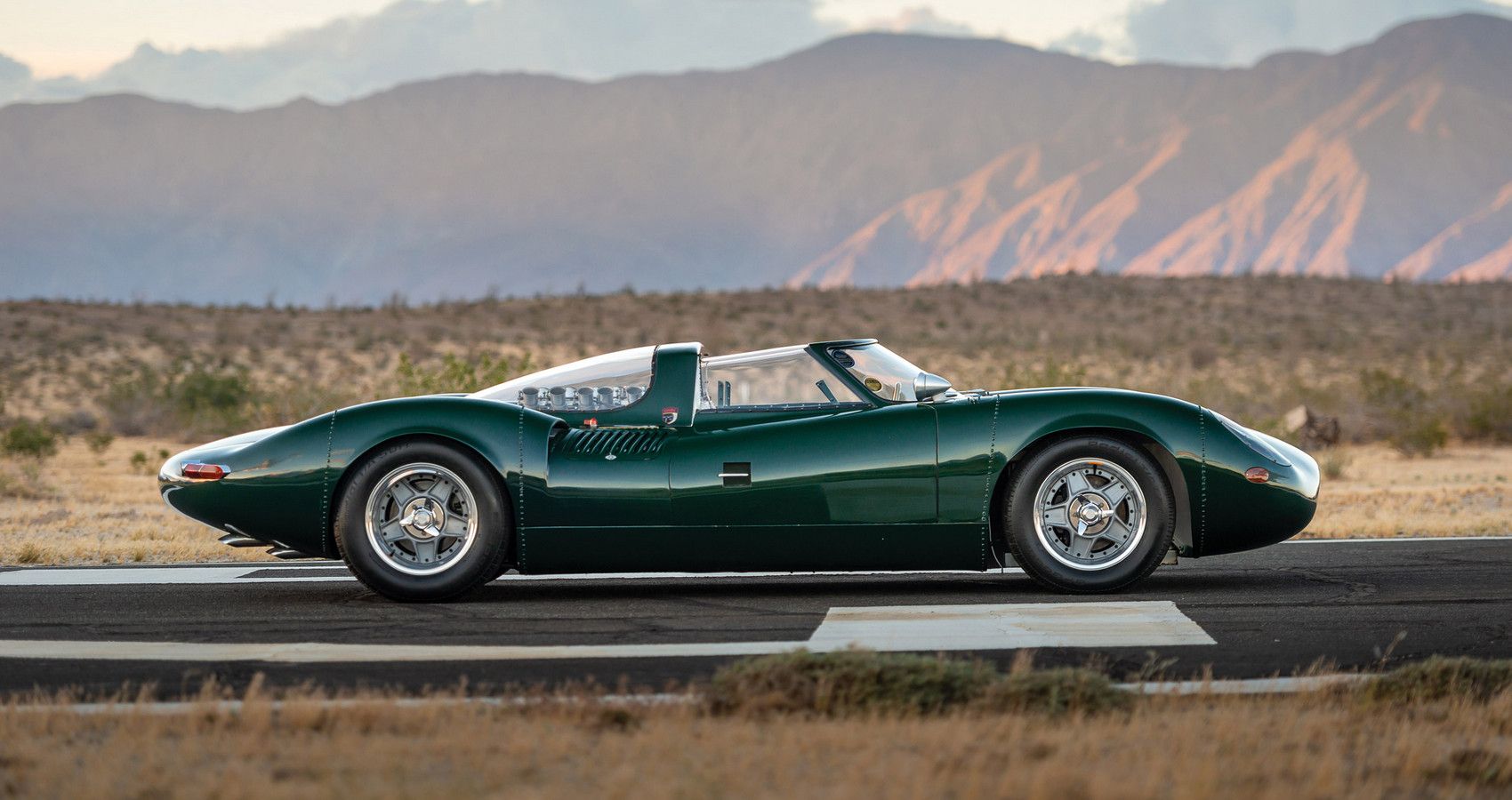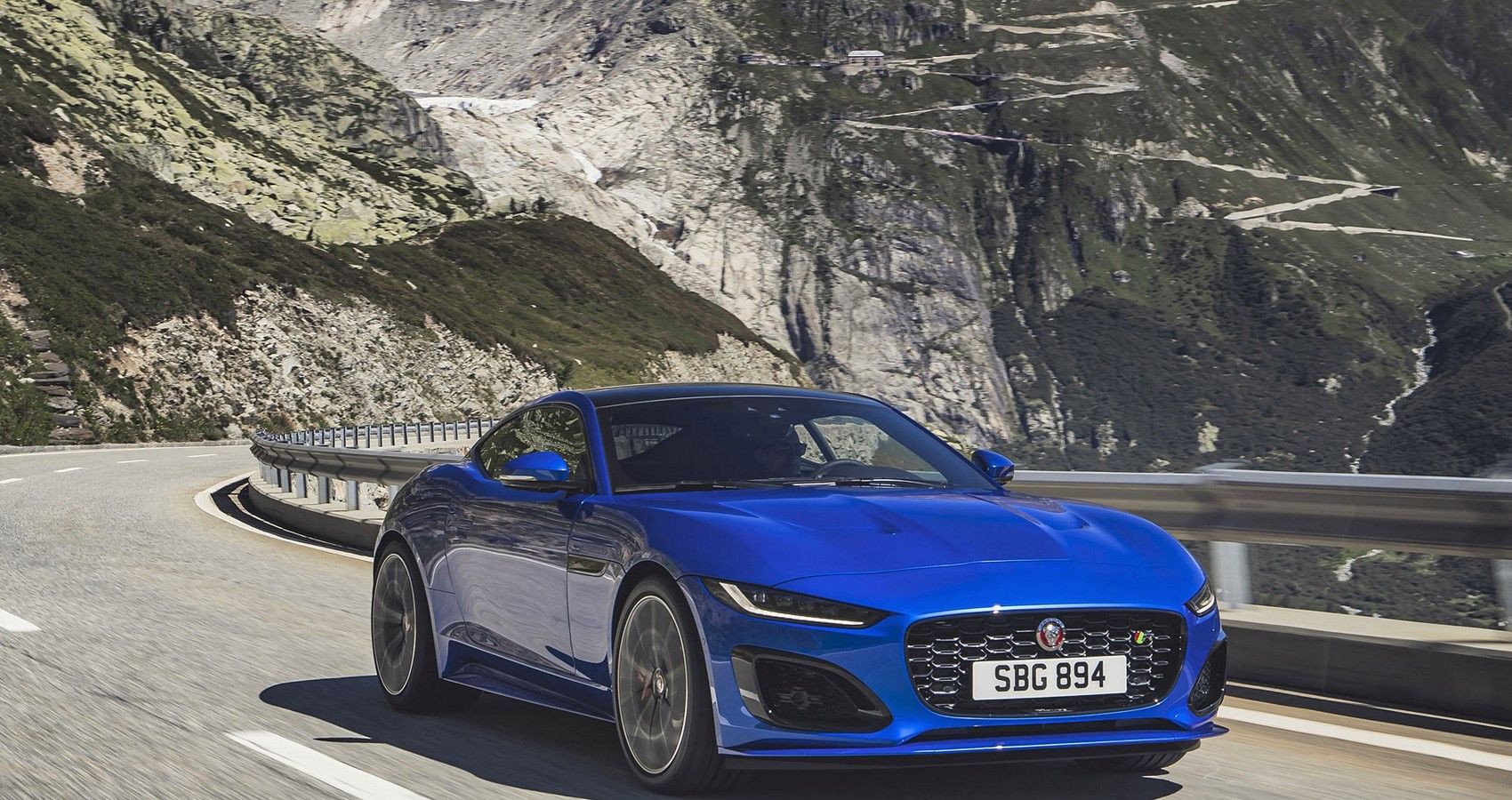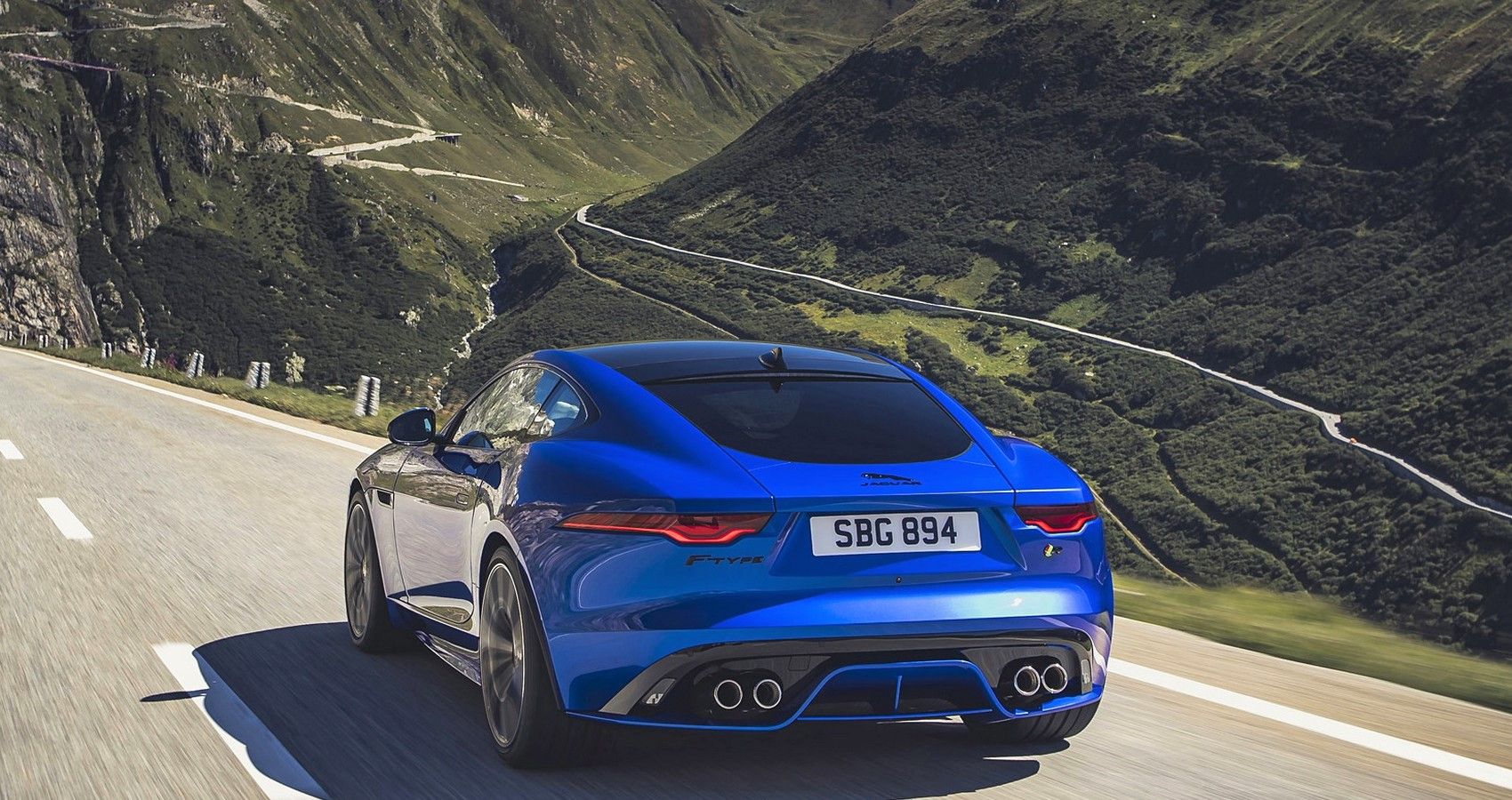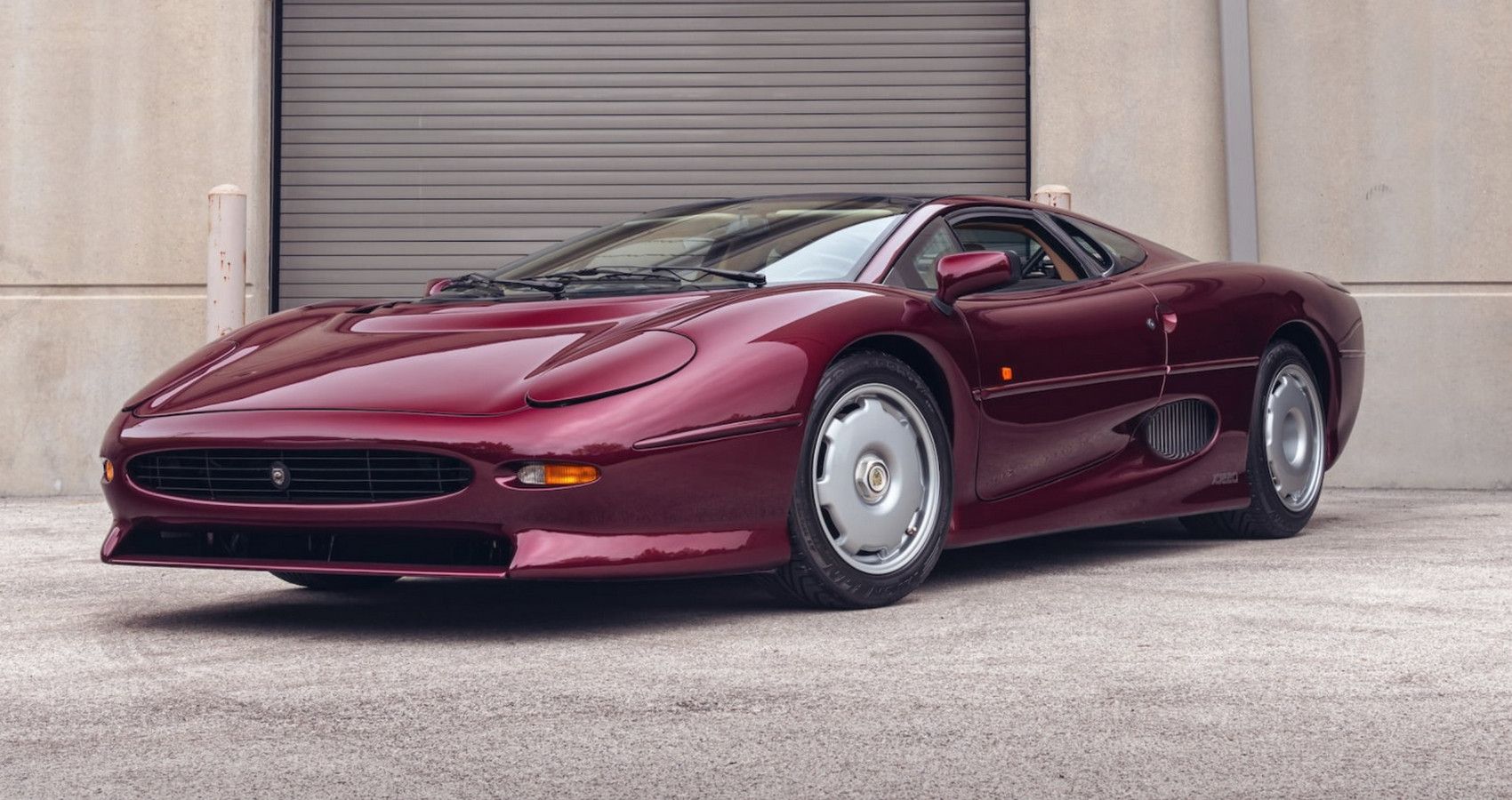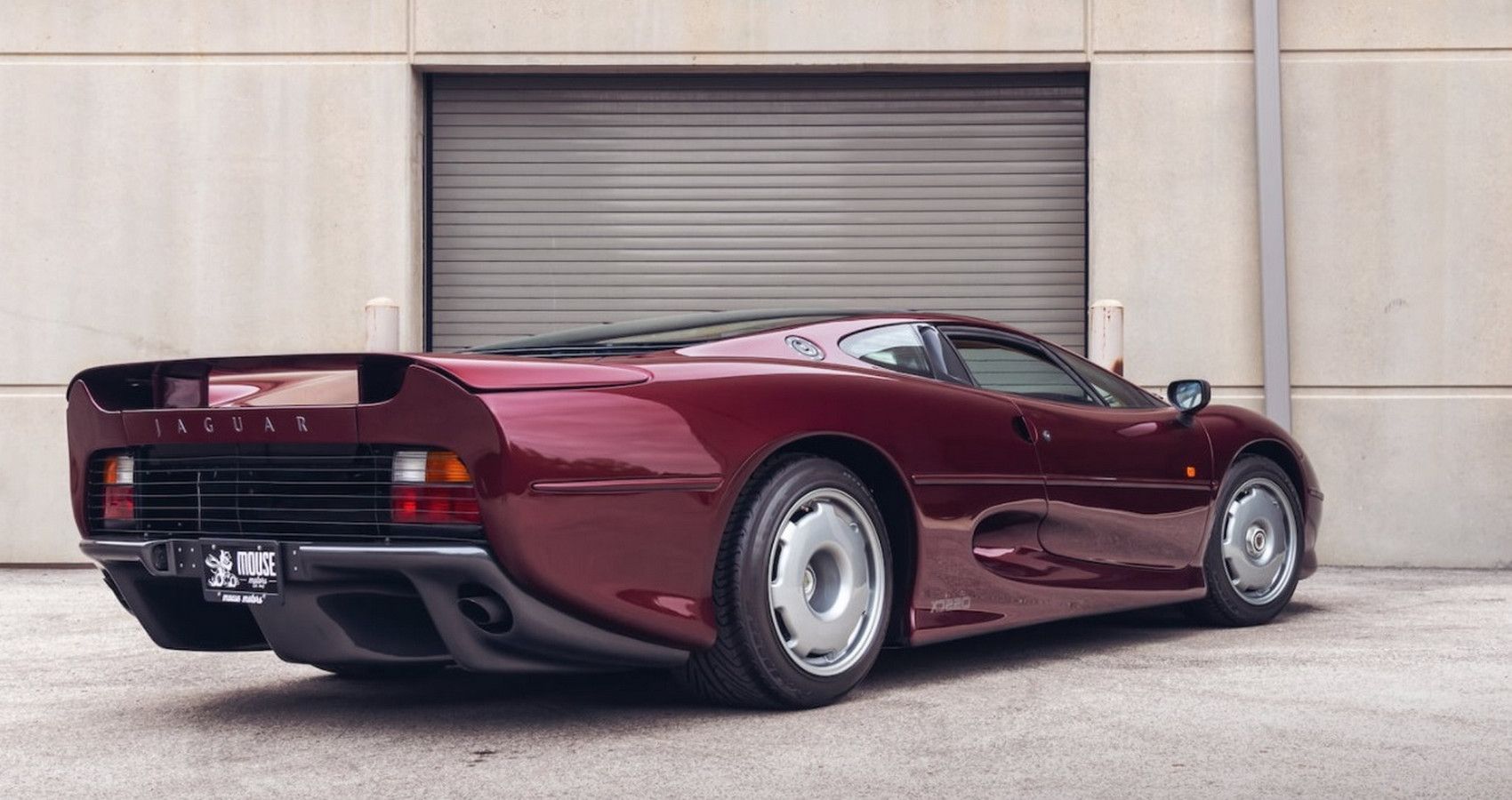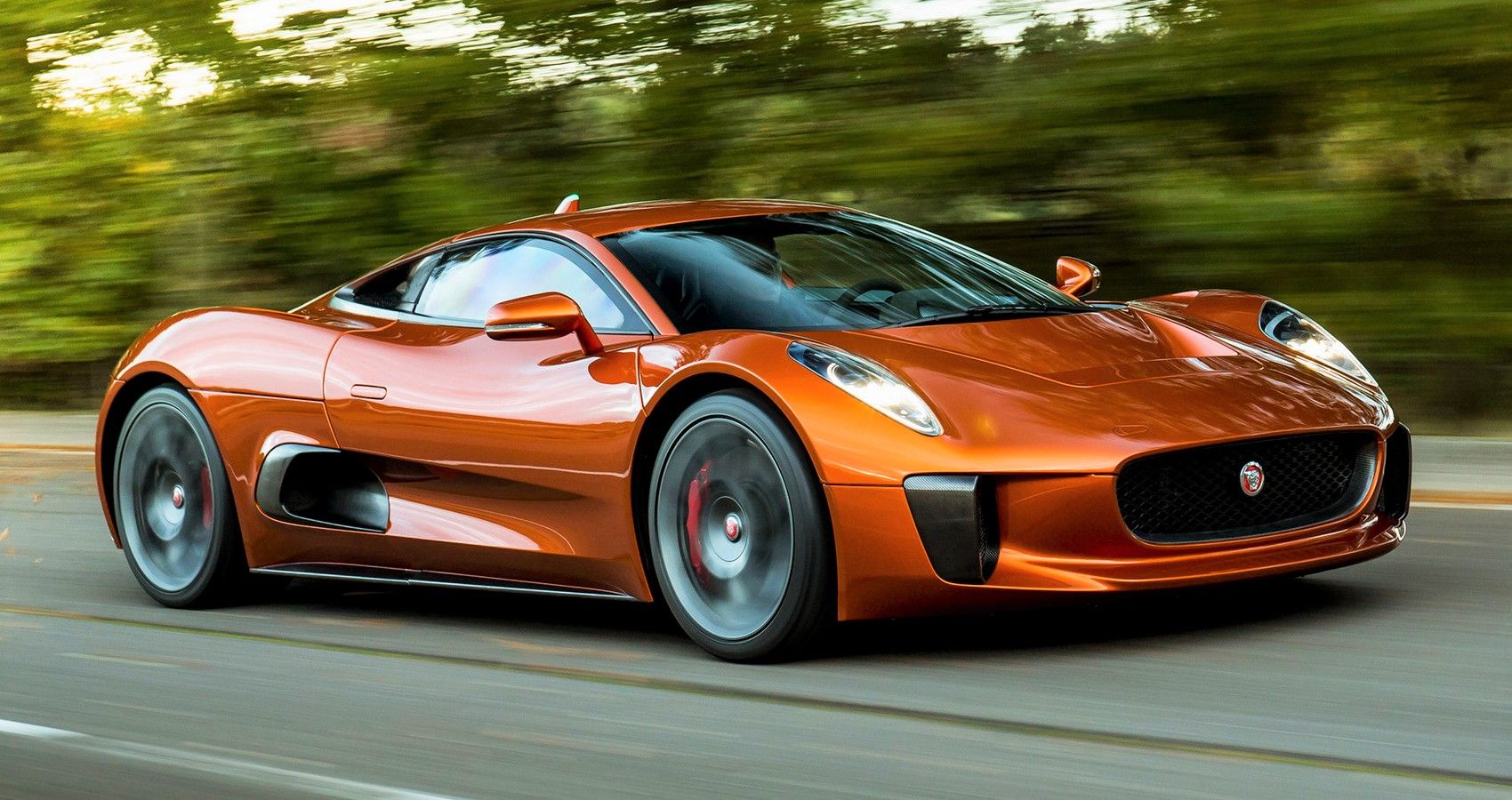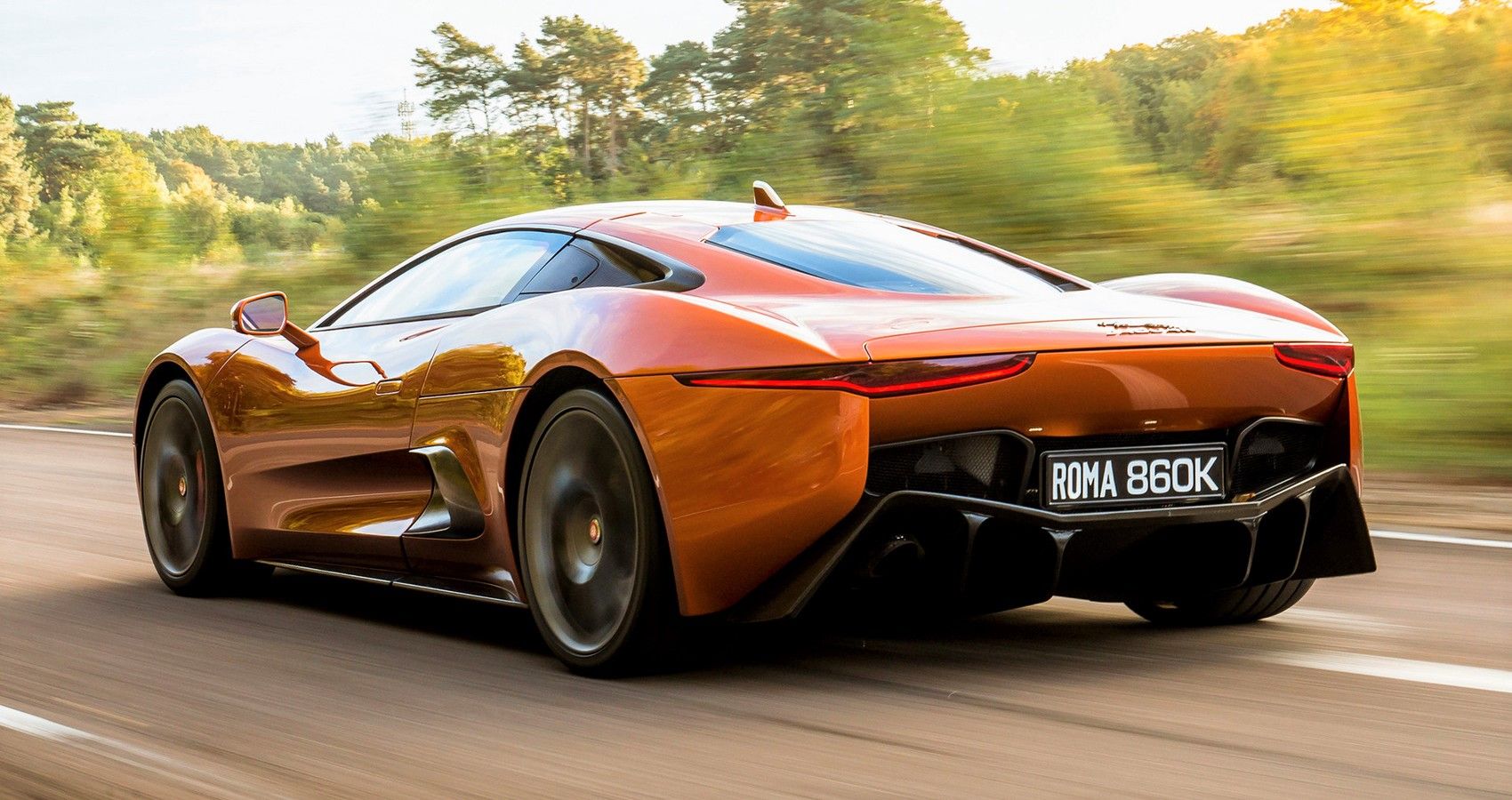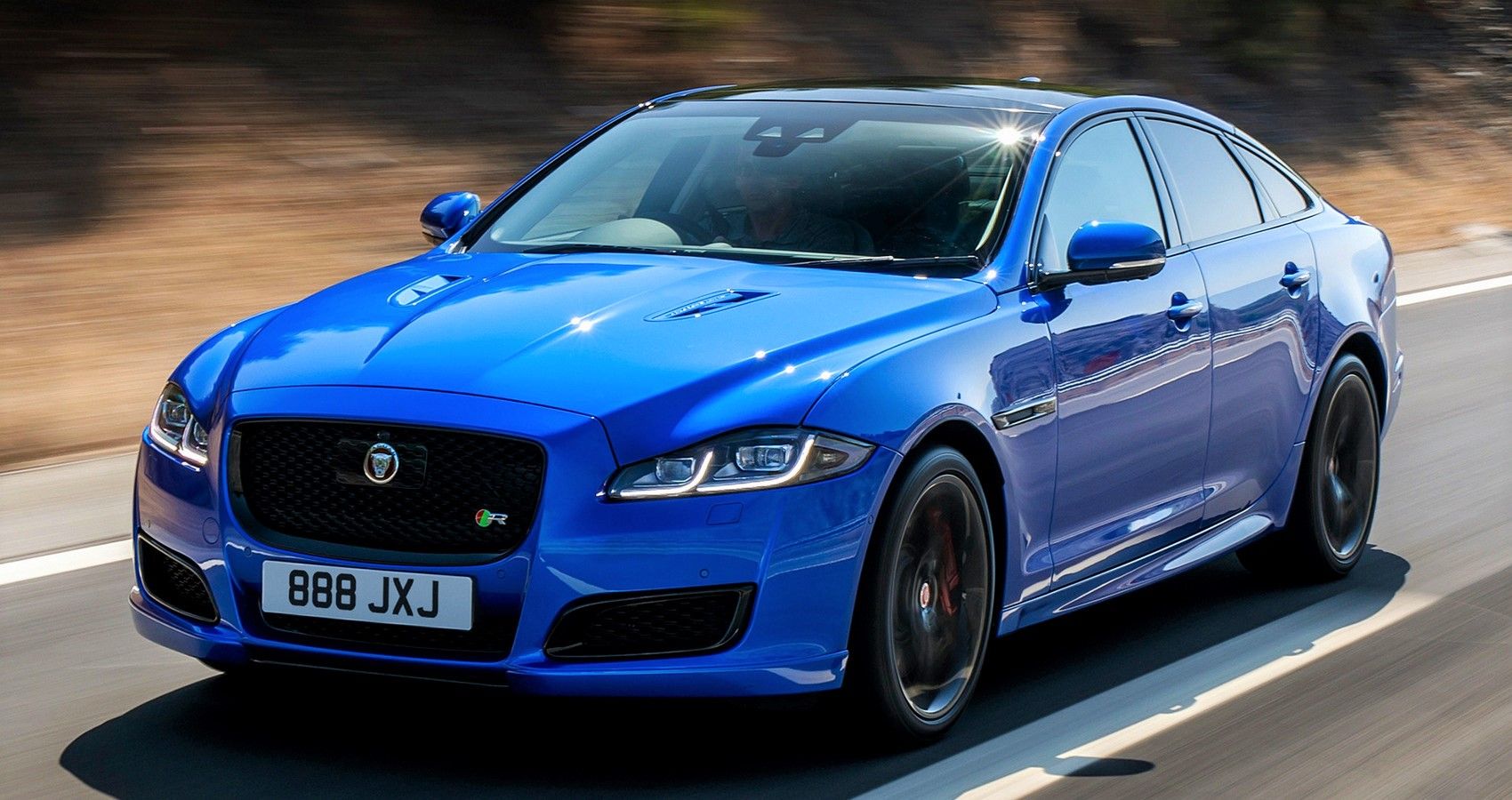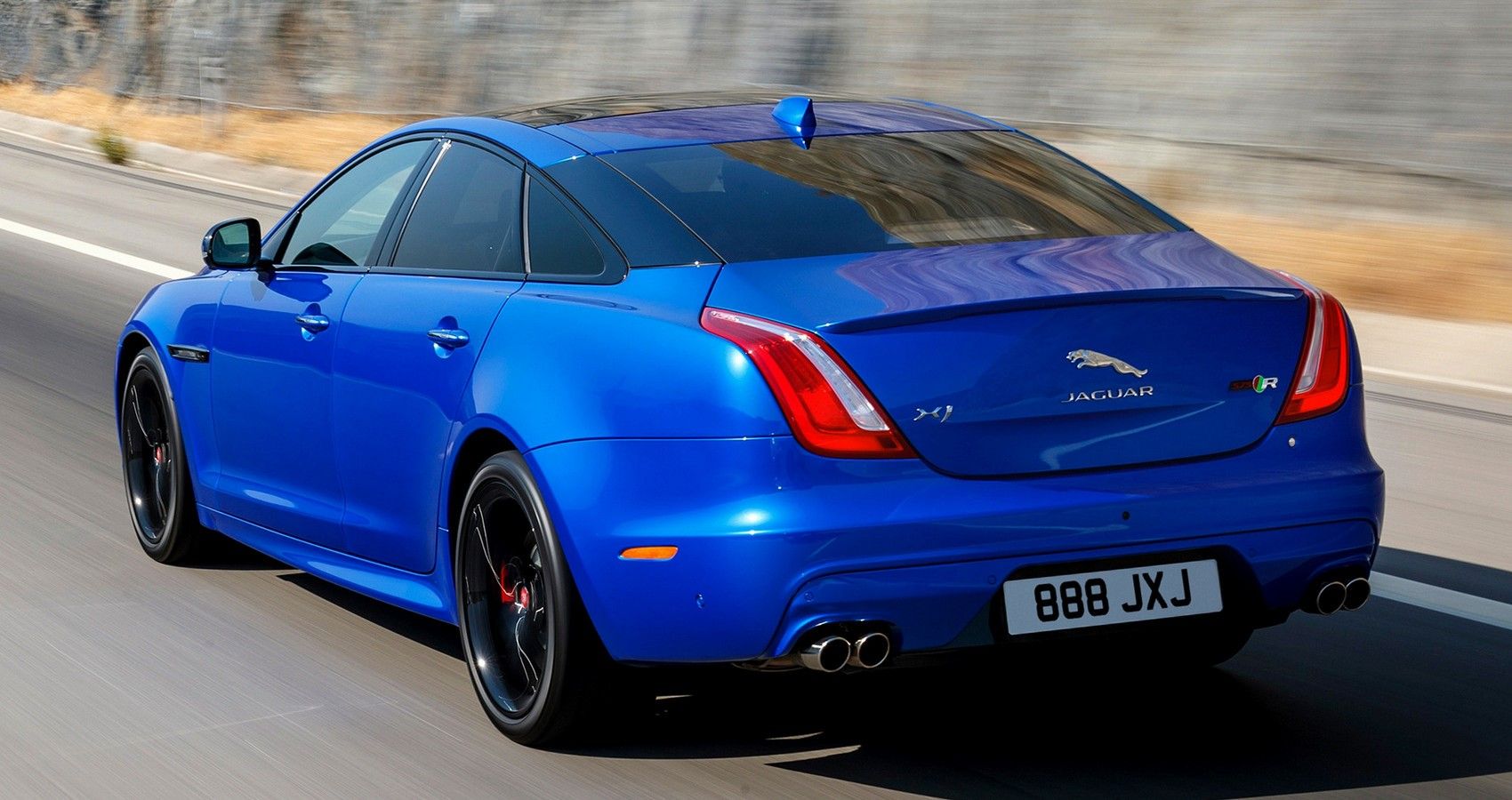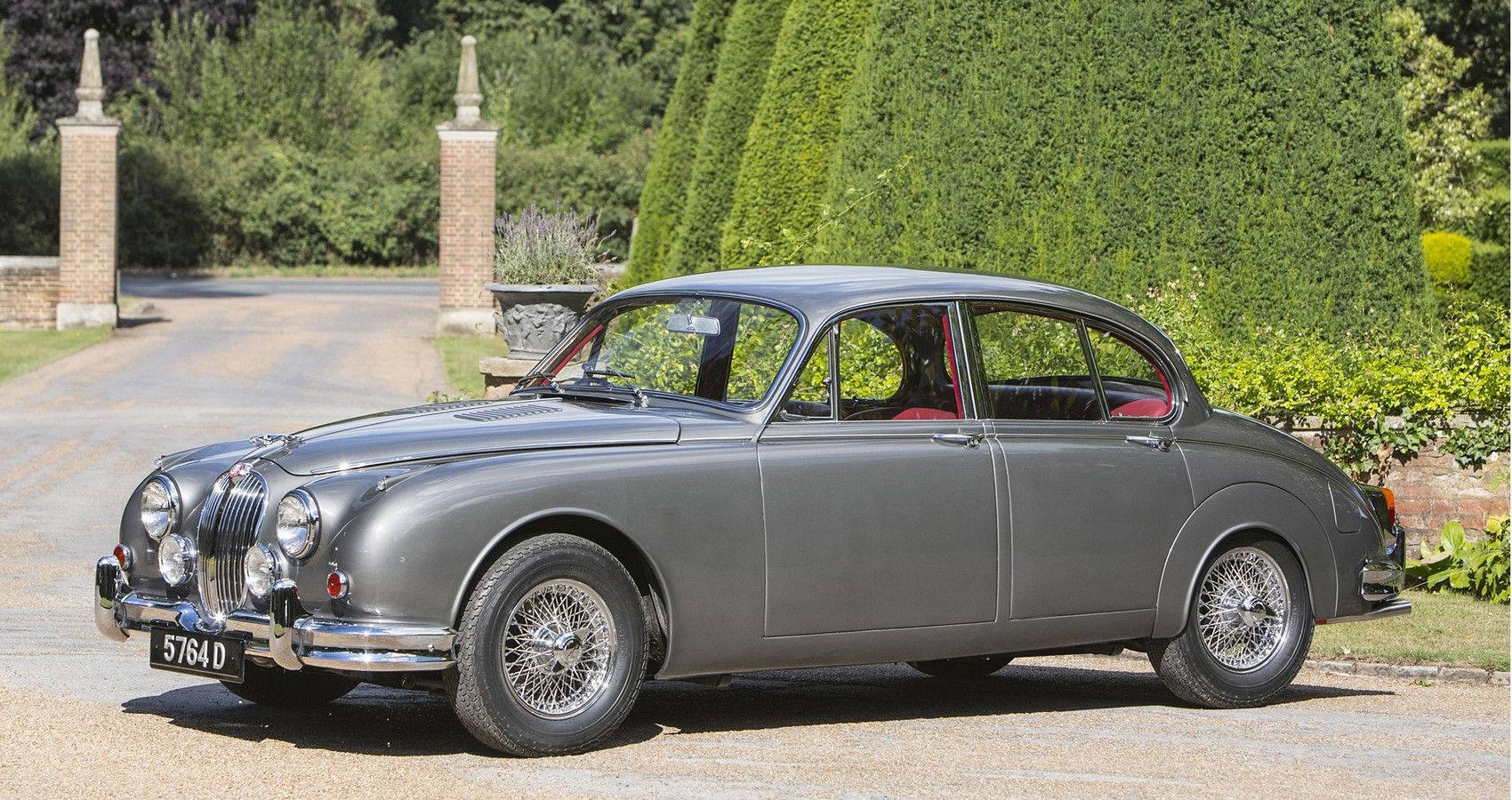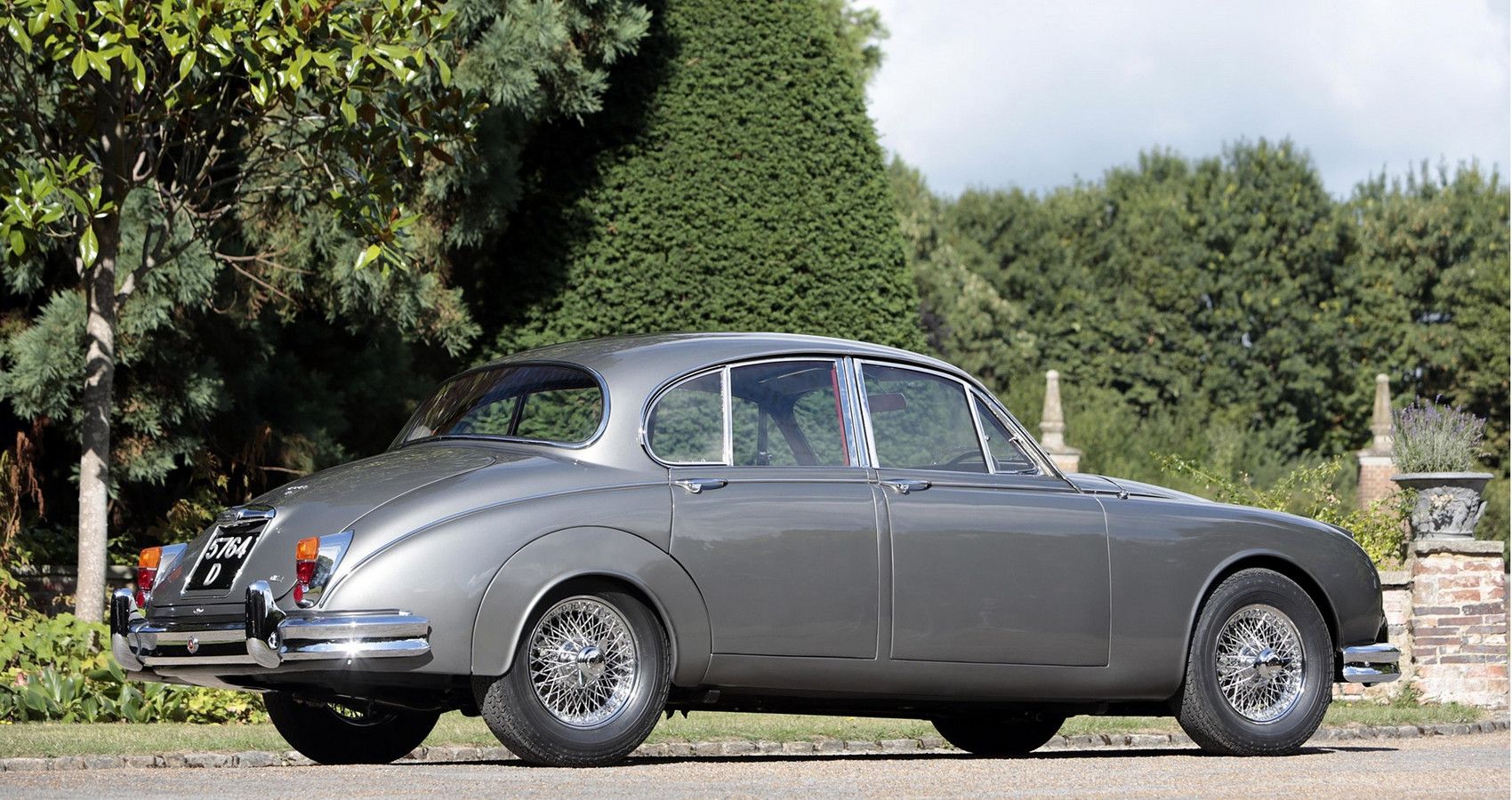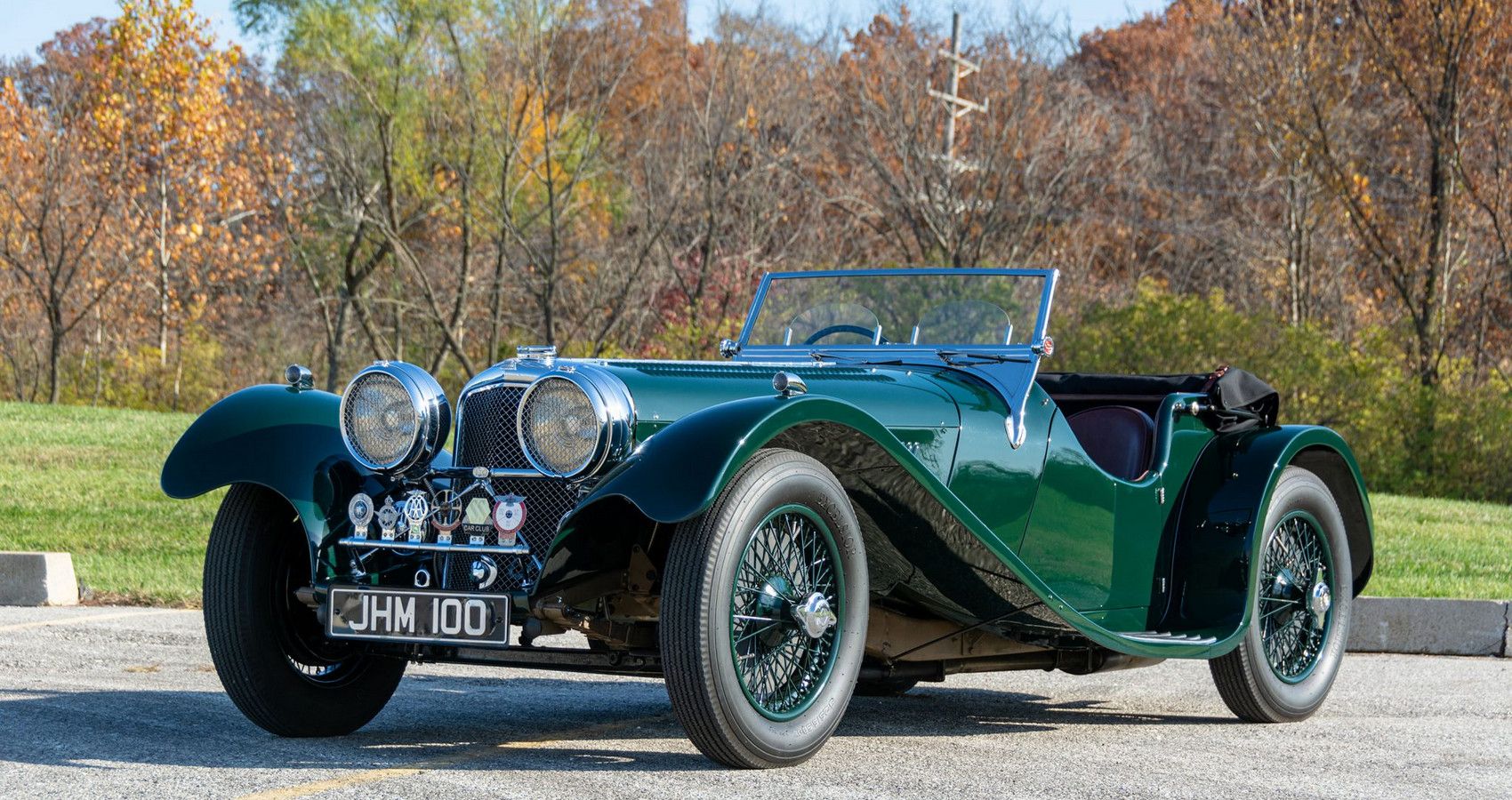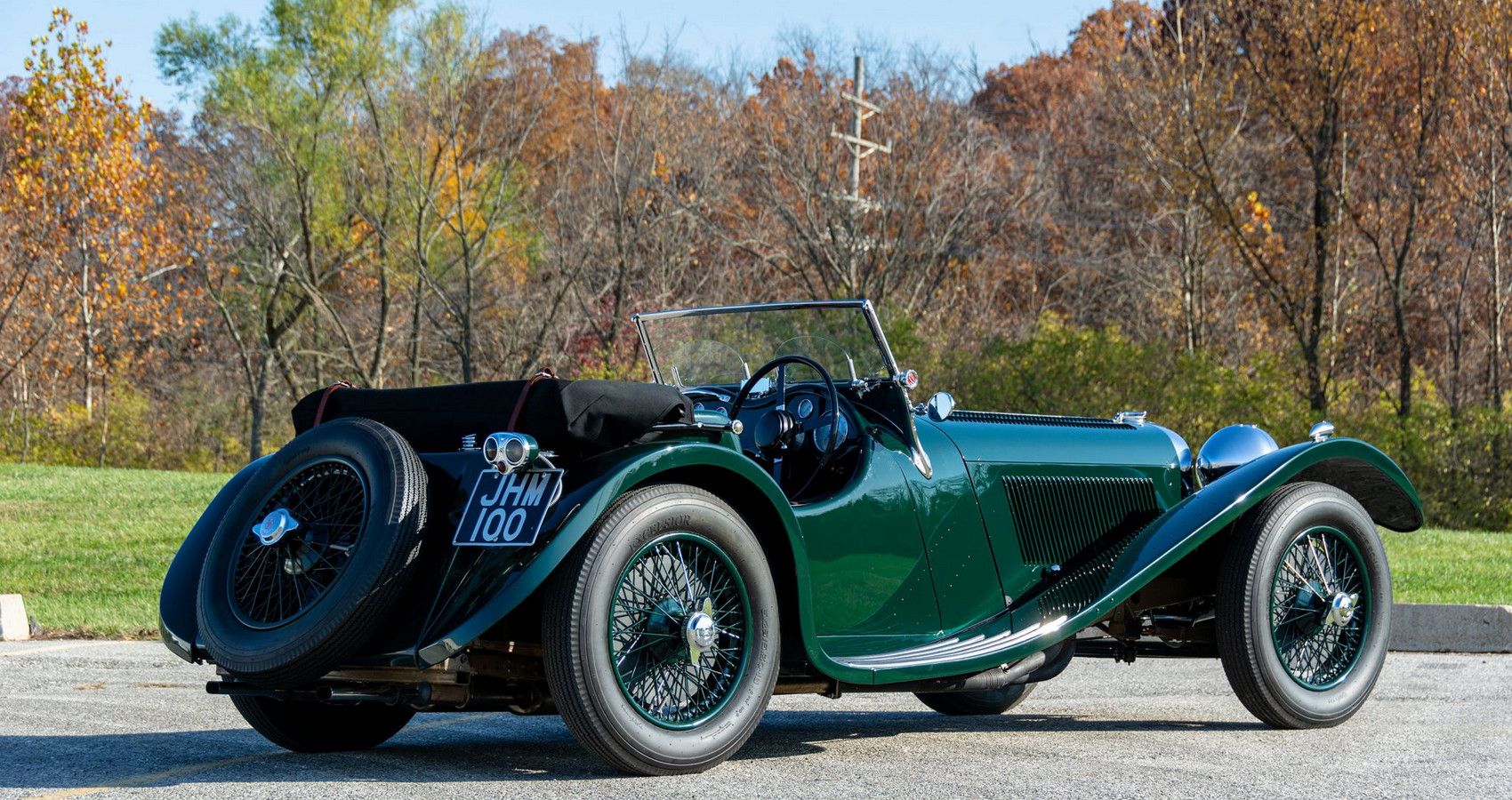Premium luxury brands Mercedes, BMW, and Audi all produce fantastic cars, but if you want the same level of performance and comfort with added coolness, then buy a Jaguar instead.
Defining the unique coolness that is frequently referred to as Jaguarness is difficult to attribute to any magic formula of numbers or special features. Rather, it's a feeling that can be traced back to the origins of Jaguar itself. From the beginning, founder William Lyons promoted an elegant mix of performance, comfort, and style, you only have to look at the quirky but efficient charms of Series III XJ sedans and the often unloved XJ-S coupe to see Jaguar was cool.
Throughout good times and bad, buying a Jaguar, even the underrated models, have been the cooler left-field choice, sure it's going to have a few niggles but when everything works as it should, coolness comes by the bucket load.
10 Jaguar XE SV Project 8 - Nürburgring Record Holder
Built by Jaguar's Special Vehicles division, the same dedicated team of engineers that brought us the XJ220, Project 8 is anything but a normal sedan. Despite the shared profile and name, little of the XE remains unchanged.
The modification process begins with a lighter body shell, carbon fiber panels, and splitters aimed at making Project 8 as light and rigid as possible. Popping the hood reveals a supercharged Jaguar 5-liter V8 that pumps out 592 hp, more than the current F-Type R, little wonder then that Project 8 holds the Nürburgring lap record for a production four-door sedan.
9 Jaguar E-Type - The Most Beautiful Car Ever?
The most beautiful car of all time? Quite possibly. At its unveiling even Jaguar had little clue how successful the E-Type would turn out to be, its modern unitary chassis and gorgeous curves a huge gamble for the British carmaker, and it paid off in spades.
At the time, few cars offered quite so much style, performance, and value for money. Considerably undercutting its rivals played a huge part in this cool Jaguar's success, but then so too did the muscular XK-series straight-six under the hood. Officially, Jaguar claimed the E-type would do 150 mph, most owners however were won over by its looks.
8 Jaguar XK120
Jaguar's XK120 was the first all-new sports car since the SS100, and possibly one of the brand's greatest cars to date. The jump from '30s open-wheeled roadsters to the streamlined XK put Jaguar firmly on the world stage. Introduced in 1948, envisaged as a low-volume two-seater, built using traditional ash frames and hand-crafted aluminum panels, with later cars switching to steel.
The XK120 was also the first model fitted with Jaguar's XK-series engine, using a 3.4-liter six-cylinder configuration producing 160 hp. These combinations of lightweight construction and XK power gave the XK120 a top speed of 120 mph, at the time the fastest production car in the world.
7 Jaguar XJ13
Jaguar's racing history is littered with gorgeous sports cars, but none have quite such a mixed background as the XJ13. Built and extensively tested during 1996 only for Jaguar to cancel the same year. Had the XJ13 continued in development, its mid-engined layout might have faced off against Ford's GT40.
In canceling the XJ13 program, Jaguar created other problems, what to do with the 5-liter V12 engine built for competition use? Some years later, the series III E-Type would be V12 powered. Jaguar only built one prototype, which remains in existence today, despite being heavily crashed during a publicity shoot.
6 Jaguar F-Type R - Brash, Noisy, And Cool
2013 marked a long-overdue return to proper sports cars for Jaguar, the F-Type seen as the spiritual successor of the E-Type, albeit more powerful, faster, and a lot louder, too. Originally launched in 2-door soft-type guise, with the prettier coupe following in 2013.
Facelifted in 2019 and revised again for 2021, Jaguar made the bold decision to reduce the range to V8 engines only. If you ask us this isn't a bad thing, F-Type R specification delivers 575 hp, all-wheel drive, and a top speed nudging 190 mph all emitting a mix of pops, bangs, and crackles. Subtlety isn't included, but it's still cool all the same.
5 Jaguar XJ220 - Fastest Production Jaguar Ever
From the world's fastest supercar to commercial failure in a brief amount of time, with production falling short despite receiving initial rave reviews. The XJ220 was born of Jaguar's "Special Vehicle Operations," at the time, just a handful of workers filling their time on weekends.
Transitioning from show car to production meant compromises that downgraded the XJ220's specification, not least the use of turbocharged V6 engines in place of the iconic V12. For all the lessons Jaguar learned entering the supercar market, the XJ220 was a cool piece of engineering, not only the fastest Jaguar ever but briefly the fastest production car in the world.
4 Jaguar C-X75 - Killed By Global Economics
One big-budget movie appearance and 6 prototypes after giving us a glimpse of the future, Jaguar pulled the plug on another seriously cool piece of automotive engineering. Developed in conjunction with the Williams F1 team, the Jaguar C-X75 using four electric motors for propulsion combined with twin diesel turbines for power.
By the time development and testing got underway, turbines made way for a simpler 1.6-liter turbocharged combustion engine, producing between 500-890 hp. In 2012, with growing global economic concerns cited as the reason, Jaguar terminated development on what potentially would have been the coolest hybrid EV we'd ever seen.
3 Jaguar XJR 575 - Four-Door Supercar
A supercar masquerading as a luxury four-door sedan is the best way to think of the XJR 575. At launch, Jaguar made a big fuss about lightweight aluminum construction, little did we realize how big an impact this would make.
Jaguar wasn't just making ambitious claims, the XJR 575 handles like a sports car and feels smaller and lighter than its size suggests. The XJR 575 doesn't just corner well, it's fast too, 0-60 mph in 3.9-seconds with a top speed of 186 mph thanks to its SVR-tweaked 5-liter supercharged V8 pushing out 575 hp.
2 Jaguar MK II - Mid-Sized Performance Sedan
Arguably the coolest mid-sized Jaguar refer made, the Mk II effortlessly combined sporty performance and crisp handling, in the '60s it was a massively popular ride with owners of a less honest nature.
Grace, Space, Pace, the brand's promotional slogan, part of William Lyon's vision of how Jaguar appealed to buyers, proved to be spot on. Powered by Jaguar's XK series engine, first in 2.4, 3.4, and 3.8-liter displacement, the latter with a claimed 220 hp output. A little over 90,000 MK II's were produced, one of Jaguar's most successful models, and one that has never really been directly replaced.
1 SS100 2.5-Liter - The First Steps
Launched in 1936, the SS100 is recognized as one of the brand's first mass-produced sports cars. Jaguar as a name, only appearing from 1945 onwards to distance itself from any connections with German wartime policies.
Still, very much in its infancy, Jaguar, at the time, lacked the resources to design, develop and build its cars from the ground up, and used existing chassis' and engines. In the SS100 a shortened sedan platform fitted with a modified Standard 2.5-liter straight-six with custom heads and twin SU carburetors producing 100 hp.

